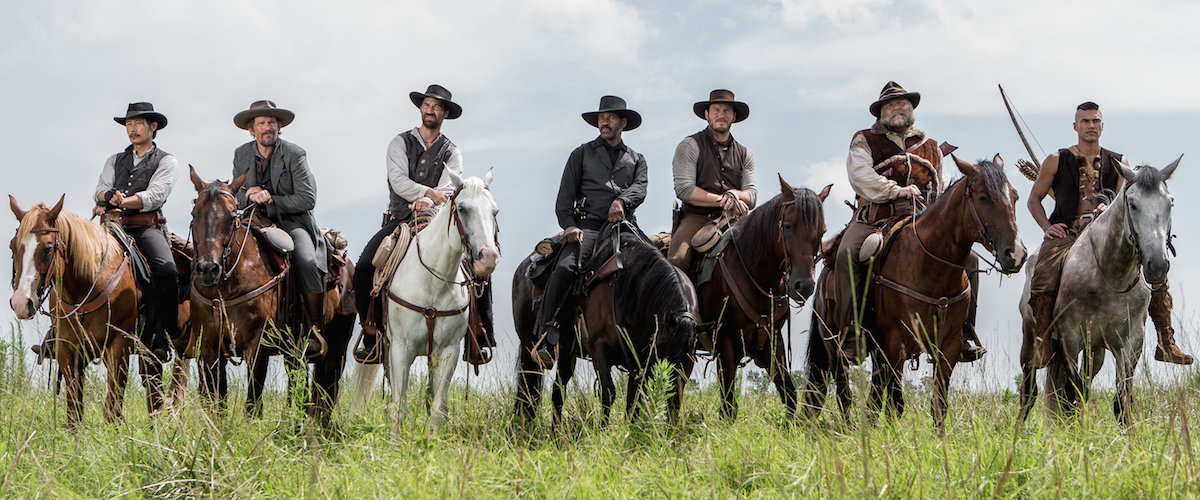How many Westerns can you name?
Quite a few, right? It’s an important genre in cinema, the home to many well-known classics.
Even the casual moviegoer can tick off a dozen without breaking a sweat, and if you know some film history, you’ll rattle through many times that number before pausing to think.
But… how many have you actually seen?
As important a genre as it may be, it’s considered somewhat passé these days. And while we may feel generally familiar with the surface trappings of the “cowboy movie,” most modern viewers haven’t actually sat down to watch very many of them. They wouldn’t know what makes a Western a Western, or be able to explain what makes one different from another.
online pharmacy purchase lexapro online best drugstore for you
With that in mind, we at Lewton Bus have created a special feature for Westerns Month, called “Westerns 101.
online pharmacy purchase clomiphene online best drugstore for you
” The idea is to run an educational series as something like a curriculum, which will acquaint you quickly with the essentials of the genre. As we said in the introduction to Westerns Month, we’ll be running all sorts of articles, but “Westerns 101” will have the particular aim of introducing Westerns to those who haven’t seen many of them and want to know more. It’s an important storytelling category, not just because there are a lot to choose from, but because of its powerful influence on other movies outside the genre, from superhero (Logan) to science-fiction (Solo), and it’s worth really getting to know, from the basics on up.

Our reasoning here is, first, that the serious movie fan should be able to appreciate a good Western on its own merits. Compared to their Golden Age, very few Westerns are being made today, and a great number of modern viewers haven’t seen a single one, even those considered to be the classics.
We see this as regrettable, because many Westerns are truly excellent, worthwhile films — not just insightful about people, history, and American mythology, but genuinely fun and exciting, and pleasurable to watch.
But even more importantly, the more familiar one becomes with the Western on its own terms, the more one finds oneself able to recognize the genre’s deep influence on storytelling outside the bounds of the conventional “cowboy movie.” For example, once you’ve fully internalized the themes and narrative workings of the Western, you will suddenly understand how something like Die Hard is fundamentally a Western story, with John McClane’s lone hero facing a gang of outlaws in the hostile wilderness of Nakatomi Tower while the Law stands helplessly, haplessly on the sidelines. (Yippee ki yay, indeed.)
Over the coming weeks, “Westerns 101” will focus on several specific aspects of the Western film. After some background, we’ll start with The Essentials, a set of all-time classics that establish the rules and expectations for the genre, and give you a clear sense of how the Western movie is supposed to work. After that, we’ll look at all the ways creative storytellers have stretched and broken the rules, questioning the character archetypes and the morality of the genre’s mythology.
With each article, we’ll include a set of films intended to illustrate the topic at hand. And, to be clear, yes, the series is designed and intended for its educational value, but watching along shouldn’t feel like homework; the movies we’ll be featuring are, we promise, genuinely entertaining. Westerns, at their best, are thrilling, exciting, and fun, and we want you to enjoy the journey. We’ll be happy if you read along with us, but we really want you to watch these movies.
So, saddle up, partner, and let’s hit the trail.
First up in our 101 series, we’ll set some context and provide a bit of historical background about the genre.








